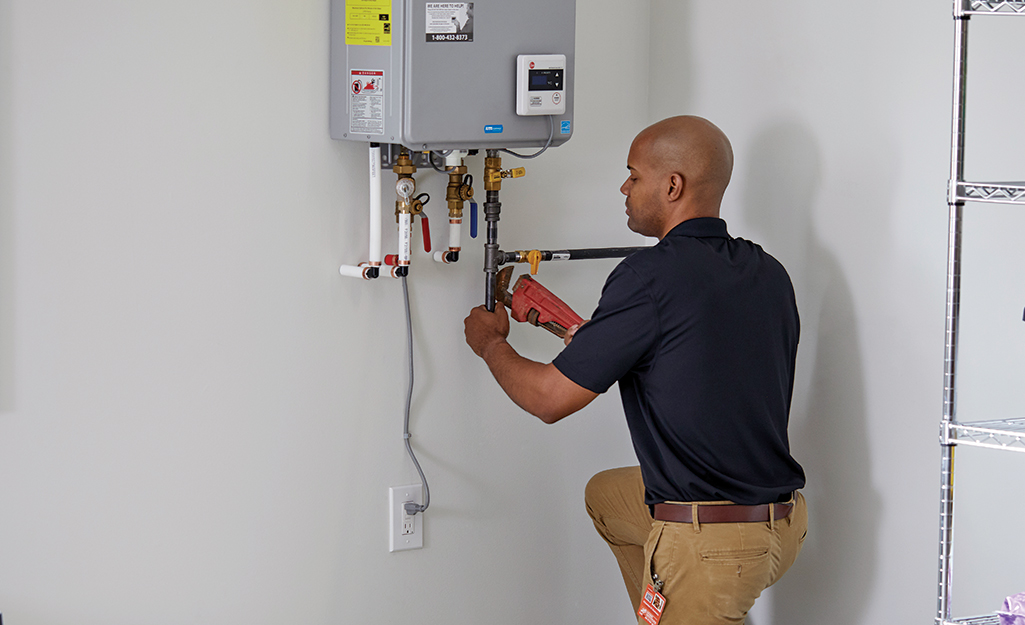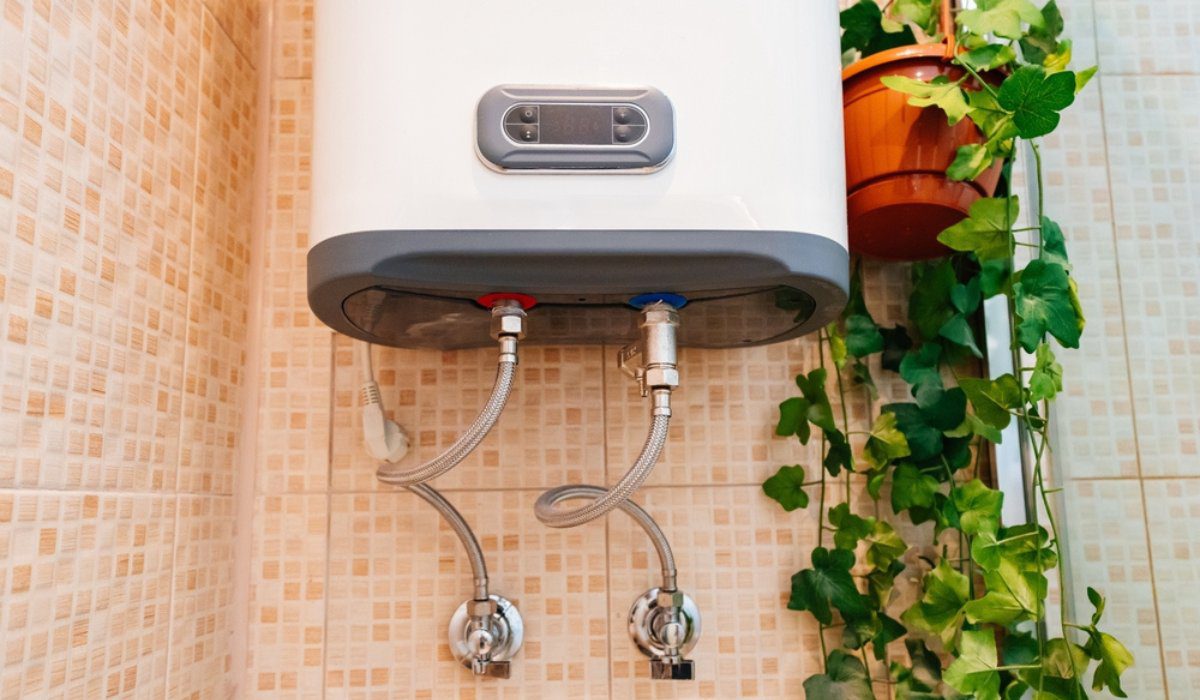Top Ways to Maintain Your Home's Hot Water System SuccessfullyMaintaining Your Home's Hot Water System: Important Tips
Top Ways to Maintain Your Home's Hot Water System SuccessfullyMaintaining Your Home's Hot Water System: Important Tips
Blog Article
On this page down the page you will discover more decent resources all about Tips For Maintaining Your Hot Water Heater.

Warm water is necessary for day-to-day convenience, whether it's for a revitalizing shower or washing dishes. To ensure your hot water system runs successfully and lasts much longer, normal upkeep is vital. This write-up supplies functional suggestions and insights on how to maintain your home's hot water system to avoid disruptions and pricey repair services.
Intro
Keeping your home's warm water system may seem daunting, but with a couple of straightforward steps, you can ensure it operates smoothly for several years ahead. This overview covers whatever from comprehending your hot water system to DIY upkeep tips and recognizing when to employ expert assistance.
Significance of Maintaining Your Hot Water System
Normal upkeep not only extends the life-span of your warm water system but also guarantees it runs efficiently. Disregarding upkeep can bring about reduced effectiveness, greater energy costs, and also premature failing of the system.
Indications Your Hot Water System Needs Upkeep
Understanding when your hot water system requires interest can prevent significant problems. Look out for signs such as irregular water temperature level, strange noises from the heater, or corroded water.
Comprehending Your Warm Water System
Before diving right into upkeep tasks, it's handy to comprehend the standard elements of your hot water system. Normally, this includes the hot water heater itself, pipelines, anode poles, and temperature level controls.
Monthly Upkeep Tasks
Routine month-to-month checks can assist capture minor issues prior to they escalate.
Purging the Water Heater
Purging your water heater eliminates sediment accumulation, improving efficiency and extending its life.
Monitoring and Replacing Anode Rods
Anode poles prevent rust inside the tank. Checking and changing them when worn is critical.
Examining and Readjusting Temperature Setups
Adjusting the temperature level setups guarantees optimum efficiency and safety.
DIY Tips for Maintenance
You can execute several upkeep jobs yourself to maintain your hot water system in leading condition.
Checking for Leaks
On a regular basis evaluate pipes and connections for leaks, as these can result in water damage and greater expenses.
Checking Stress Alleviation Valves
Examining the pressure relief valve ensures it operates correctly and avoids extreme pressure accumulation.
Protecting Pipelines
Shielding warm water pipelines lowers heat loss and can save power.
When to Call a Professional
While DIY maintenance is helpful, some concerns require professional know-how.
Facility Concerns Requiring Professional Assistance
Instances consist of significant leakages, electrical troubles, or if your water heater is constantly underperforming.
Regular Specialist Upkeep Benefits
Professional maintenance can include extensive assessments, tune-ups, and making sure conformity with safety and security criteria.
Conclusion
Regular upkeep of your home's warm water system is crucial for efficiency, longevity, and cost financial savings. By adhering to these ideas and understanding when to seek professional aid, you can make certain a trustworthy supply of warm water without unforeseen disruptions.
How to Maintain an Instant Hot Water Heater
Before tinkering with your hot water heater, make sure that it’s not powered on. You also have to turn off the main circuit breaker and shut off the main gas line to prevent accidents. Also turn off the water valves connected to your unit to prevent water from flowing into and out of the appliance. 2. When you’re done, you have to detach the purge valves’ caps. These look like the letter “T” and are situated on either side of the water valves. Doing so will release any pressure that has accumulated inside the valves while at the same time avoid hot water from shooting out and burning your skin. 3. When the purge valves’ caps are removed, you have to connect your hosing lines to the valves. Your unit should have come with three hoses but if it didn’t, you can purchase these things from any hardware or home repair shops. You can also get them from retail stores that sell water heating systems. Read the user’s manual and follow it to complete this task properly. When the hosing lines are connected, open the purge port’s valves. 4. You should never use harsh chemical cleaners or solutions when cleaning your unit. Make use of white vinegar instead. It should be undiluted and you’ll probably use about 2 gallons. 5. Now flush your water heater. This task should probably take about 40 minutes. We can’t give you specific directions for this because the procedure is carried out depending on the type, model and brand of your heater. With that being said, refer to the user’s manual. 6. When you’re done draining the unit, you have to turn off the purge port valves again. Remove the hosing lines that you earlier installed on each of the water valves. Put the valve caps (purge port) back in their respective places and be very careful so as not to damage the rubber discs that are found inside these caps. 7. Now that everything’s back in place, check your user’s manual again to find out how to reactivate your water heating system. 8. Once it is working, turn one of your hot water faucets on just to let air pass through the heater’s water supply pipes. Leave the tap on until water flows smoothly out of it. https://www.orrplumbing.com/blog/2014/september/how-to-maintain-an-instant-hot-water-heater/

Hopefully you enjoyed reading our article about How to Maintain Your Water Heater & Prolong its Life. Thanks a lot for spending some time to read our piece. Enjoyed reading our write-up? Please share it. Let other people locate it. Thanks a bunch for being here. Kindly check up our website back soon.
Book Services Report this page